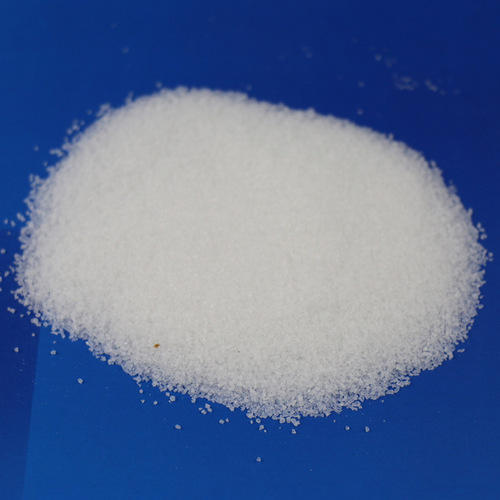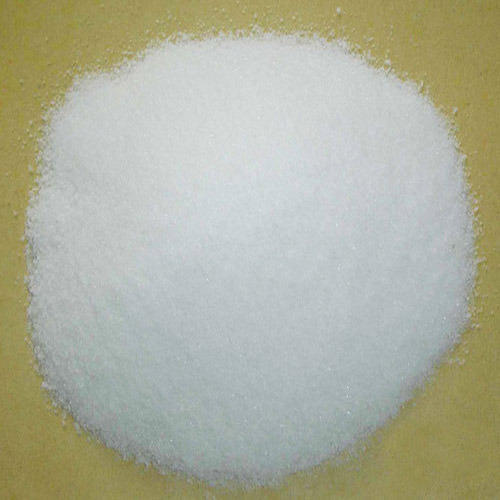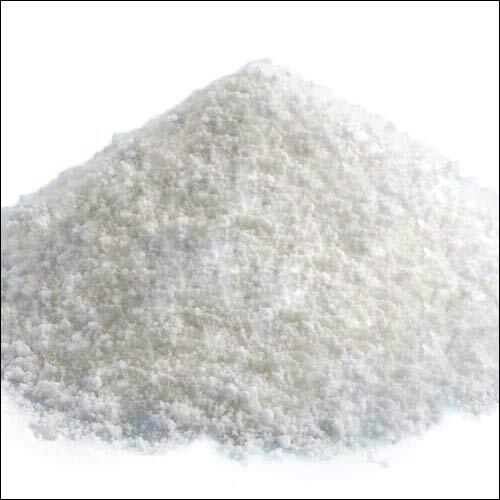Anionic Polyelectrolyte Powder
Price 150 INR/ Kilograms
MOQ : 100 Kilograms, Kilograms
Anionic Polyelectrolyte Powder Specification
- Storage
- Dry Place
- Purity
- 99.9%
- Density
- 1.10 Kilogram per litre (kg/L)
- Molecular Weight
- 1.10 Kilograms (kg)
- Other Names
- POLYACRYLAMIDE, CATIONIC POLYELECTROLYTE, ANIONIC POLYELECTROLYES
- Molecular Formula
- (C3H5NO)n
- Structural Formula
- (C3H5NO)n
- HS Code
- 39069090
- Smell
- Other
- Solubility
- Water Soluble
- Melting Point
- 160 Degree
- Taste
- Other
- Boiling point
- 100 Degree
- Form
- Powder
- Ph Level
- 6.7
- Classification
- Other
- Chemical Name
- Polyelectrolyte, Polyelectrolytes, Polyelectrolyte powder, polyelectrolyte chemical, anioninc polyelectrolyte, Flocculant agent
- CAS No
- 9003058
- EINECS No
- 203-750-9
- Grade
- Other
- Standard
- Industrial Standard suitable for all type of industries
- Type
- Powder
- Usage
- Clean water in industrial plants
- Main Material
- Acrylamide
- Application
- Paper, Explosive, Pharmaceutical, Industrial, medicine, Textile Industry, Plastic, Fertilizer, Water Treatment, Toothpastes, Nuclear, Paints, Lubricants, Metal, Oil Industry, Rubber, Organic Synthesis, Printing Industry
Anionic Polyelectrolyte Powder Trade Information
- Minimum Order Quantity
- 100 Kilograms, Kilograms
- FOB Port
- Mundra
- Supply Ability
- 10000 Kilograms, Kilograms Per Day
- Delivery Time
- 1 Week
- Sample Available
- Yes
- Sample Policy
- Free samples available with shipping and taxes paid by the buyer
- Packaging Details
- 25 kg bag
- Main Domestic Market
- Kerala, Jharkhand, Telangana, Sikkim, Maharashtra, Assam, Andaman and Nicobar Islands, Gujarat, Chandigarh, Tripura, Manipur, Himachal Pradesh, Nagaland, West Bengal, Tamil Nadu, Pondicherry, Goa, Meghalaya, Jammu and Kashmir, Bihar, South India, Karnataka, Madhya Pradesh, Mizoram, Rajasthan, Punjab, Uttar Pradesh, Arunachal Pradesh, Delhi, Central India, Chhattisgarh, Andhra Pradesh, North India, East India, West India, Odisha, All India, Uttarakhand, Daman and Diu, Dadra and Nagar Haveli, Lakshadweep, Haryana
- Certifications
- 9001:2015 iso certified and msme certified
About Anionic Polyelectrolyte Powder
Anionic Polyelectrolyte is white colored free-flowing powder which is widely used in food processing, chemical, petrochemical, and dairy industries. It can also be used for destabilizing colloidal suspension by inducing flocculation and precipitation. This polyelectrolyte is required for stabilizing solutions and to impart desired characteristics. It is most commonly used for enhancing efficiency of filtration and clarification processing of sugar. The product offered by us is compatible to be used for any pH conditions which make it suitable for paper making and wastewater and drinking water treatment industries. It is known to have ability to settle inorganic suspended solids.
Anionic Polyelectrolyte Specifications:
- Purity/Concentration: 100%
- Physical State: Powder
- Color: White
FAQs of Anionic Polyelectrolyte Powder:
Q: What is an Anionic Polyelectrolyte?
A: An Anionic Polyelectrolyte is a type of water-soluble polymer that carries a negatively charged ion. It is commonly used in various industries such as water treatment, paper and pulp, and petroleum to aid in flocculation, coagulation, and filtration processes.
Q: How does Anionic Polyelectrolyte work?
A: Anionic Polyelectrolyte works by attaching to positively charged particles, such as dirt or other impurities, in a liquid, forming a floc or precipitate that can be easily removed by filtration or sedimentation. It also helps to stabilize suspended particles, preventing them from re-aggregating.
Q: What are the uses of Anionic Polyelectrolyte?
A: Anionic Polyelectrolyte is commonly used in water treatment as a flocculant and coagulant, in the paper and pulp industry as a retention aid, and in the petroleum industry as a drilling mud additive and oil recovery agent. It is also used in the textile industry as a dye and pigment fixative, and in the food industry as a thickener and stabilizer.
Q: Is Anionic Polyelectrolyte safe for use?
A: Anionic Polyelectrolyte is generally considered safe for use in the quantities typically used in various industries. However, it is important to follow proper handling and usage guidelines to avoid potential health hazards.
Q: What are the potential health hazards of Anionic Polyelectrolyte?
A: Anionic Polyelectrolyte can cause skin and eye irritation, and inhalation of the powder may cause respiratory irritation. Ingestion of large amounts can cause gastrointestinal distress.
Q: How is Anionic Polyelectrolyte stored?
A: Anionic Polyelectrolyte should be stored in a cool, dry place away from heat, moisture, and incompatible substances. It should be kept in a tightly closed container and handled with care.
Q: Is Anionic Polyelectrolyte biodegradable?
A: Anionic Polyelectrolyte is not easily biodegradable, and its persistence in the environment can lead to water pollution. Efforts are being made to develop more environmentally friendly alternatives.
Q: Can Anionic Polyelectrolyte be recycled?
A: Anionic Polyelectrolyte can be recycled in certain industries such as paper and pulp, where it can be reused as a retention aid. However, recycling methods vary depending on the industry and application.
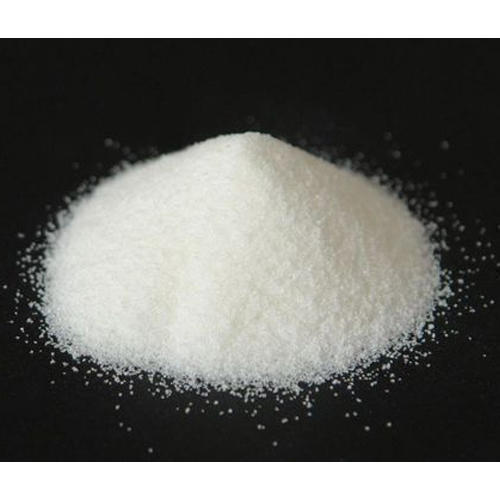
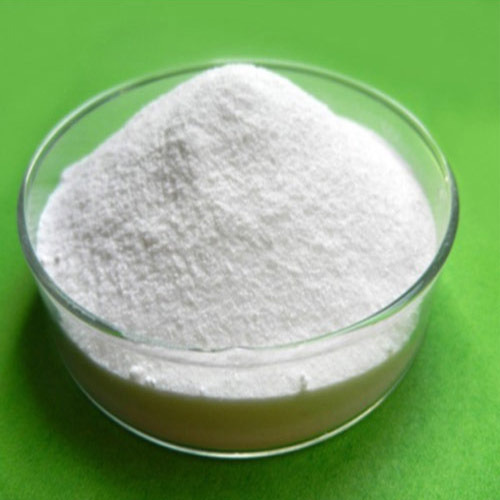
Tell us about your requirement

Price:
Quantity
Select Unit
- 50
- 100
- 200
- 250
- 500
- 1000+
Additional detail
Mobile number
Email
More Products in Polyelectrolyte Chemicals Category
Deoiler Polyelectrolytes
Price 200 INR / Kilograms
Minimum Order Quantity : 25 Kilograms
Melting Point : 160 Degree
Smell : Other
Solubility : Water Soluble
Form : Powder
Anionic Polyelectrolyte Chemical Powder
Price 150 INR / Kilograms
Minimum Order Quantity : 100 Kilograms
Melting Point : 150 Degree
Smell : Other
Solubility : WATER SOLUBLE
Form : Powder
Polyelectrolyte Powder
Price 140 INR / Kilograms
Minimum Order Quantity : 25 Kilograms
Melting Point : 140 Degree
Smell : Other
Solubility : Water Soluble
Form : Powder
Polyelectrolyte Cationic Powder
Price 240 INR / Kilograms
Minimum Order Quantity : 100 Kilograms
Melting Point : 154 degree
Smell : Other
Solubility : water soluble
Form : Powder


 Send Inquiry
Send Inquiry

